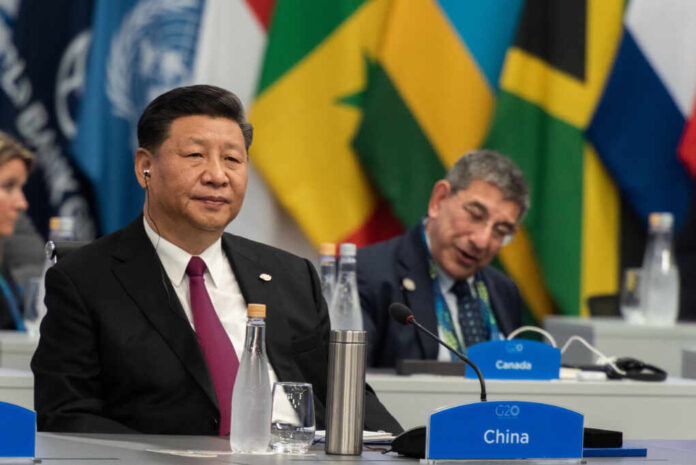
China’s growing presence in Latin America threatens U.S. influence, raising concerns over strategic regional dominance.
Story Snapshot
- China’s influence in Latin America expands through investments and military cooperation.
- The U.S. is losing its dominant position in the region, with limited public awareness.
- Chinese dual-use infrastructure blurs military and civilian lines.
- Latin American governments welcome Chinese investments amidst regional challenges.
China’s Strategic Expansion in Latin America
In recent years, China has significantly increased its presence in Latin America, leveraging economic investments, military cooperation, and security initiatives. This strategic expansion challenges the United States’ long-standing dominance in the region. Chinese investments focus on infrastructure projects, technology transfers, and strengthening ties with local governments, often flying under the radar of mainstream U.S. discourse.
China’s efforts in Latin America began in earnest in the early 2000s, driven by resource needs and trade opportunities. The Belt and Road Initiative (BRI), launched in 2013, further solidified these efforts. Latin America officially joined the BRI in 2017, marking a significant step in China’s regional strategy. The recent introduction of the Global Security Initiative (GSI) by Xi Jinping in 2022 has shifted the focus to security and law enforcement cooperation.
China Is Making a Big Move In Our Own Backyard — But No One Is Talking About It https://t.co/aaudbsWdsP [Owning GREAT amounts of land in…& controlling its valuable (gold) mines]
— Dr. Kenneth Warner (@wrestlerkw7) October 22, 2025
Dual-Use Infrastructure and Surveillance Concerns
China’s expansion in Latin America involves dual-use infrastructure projects, which serve both civilian and military purposes. The deployment of Huawei’s Safe City surveillance systems in over 35 municipalities exemplifies the blurring of lines between civilian and military applications. Such developments pose potential risks for U.S. strategic interests in the region.
China’s investment in Latin American infrastructure is attractive to local governments facing deficits and political instability. However, this growing reliance on Chinese technology and investment could lead to increased surveillance and privacy concerns, as well as a shift in regional alliances away from the U.S.
Implications for U.S. Influence and Regional Stability
The rise of Chinese influence in Latin America has significant implications for U.S. interests. In the short term, there has been an increase in Chinese investment and technology transfer, enhancing local security capabilities and diplomatic ties. In the long term, this could lead to a potential erosion of U.S. influence, with dual-use infrastructure possibly supporting Chinese military operations.
Latin American governments and populations may benefit from Chinese investments, but they also face risks associated with expanded surveillance and technology-driven policing. Additionally, the strengthening of non-democratic regimes and shifting alliances could further reduce U.S. leverage in the region, complicating efforts to maintain regional stability.
Sources:
China’s Trojan Horse Rolls Through Latin America
China’s Influence in Latin America
The Impact of China on U.S. Interests in Latin America
China’s Quiet Security Push
Beijing’s Military Diplomacy
Hearts, Minds, and Uniforms
China’s Influence in Latin America, 2025
China Rejects U.S. Accusations of Incursion in Latin America

























